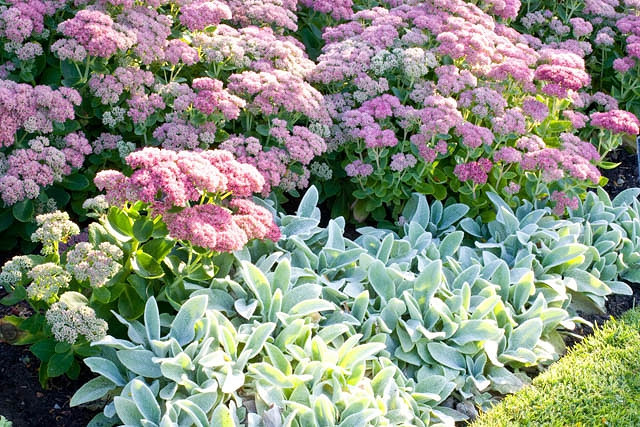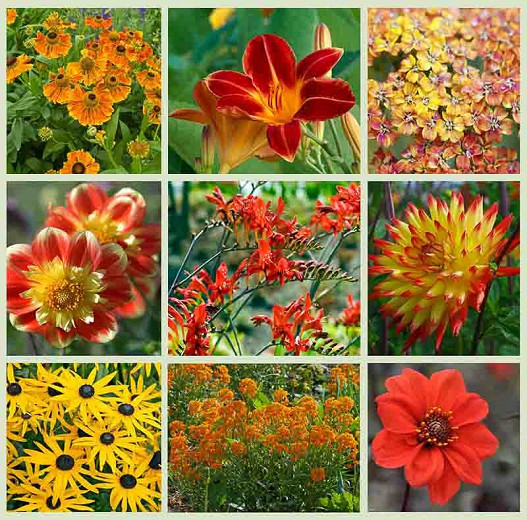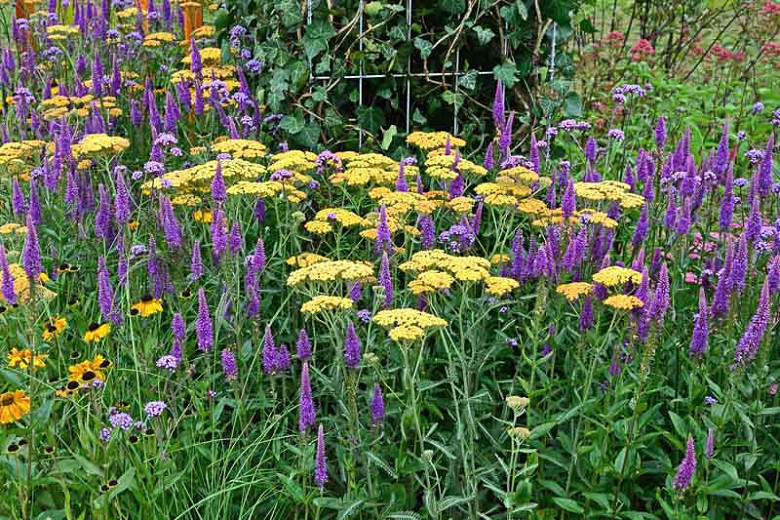Best Companion Plants For Yarrow
Best Companion Plants for Yarrow
Yarrow (Achillea millefolium) is a hardy perennial herb that is native to Europe, Asia, and North America. It is known for its daisy-like flowers, which can be white, yellow, pink, or red. Yarrow is a versatile plant that can be used for medicinal purposes, as a culinary herb, or as an ornamental plant.
One of the benefits of yarrow is that it is a good companion plant for other flowers and vegetables. Companion planting is the practice of planting certain plants together in order to benefit each other. Yarrow can benefit its companion plants in a number of ways, including:
- Attracting beneficial insects: Yarrow attracts a variety of beneficial insects, such as ladybugs, lacewings, and hoverflies. These insects help to control pests, such as aphids, cabbage moths, and tomato hornworms.
- Reducing the risk of disease: Yarrow can help to reduce the risk of disease in other plants by releasing chemicals that suppress the growth of harmful fungi and bacteria.
- Improving soil quality: Yarrow is a nitrogen-fixing plant, which means that it can add nitrogen to the soil. Nitrogen is an important nutrient for plant growth.
- Providing shade: Yarrow can provide shade for heat-sensitive plants, such as lettuce and spinach.
There are many different plants that can be companion planted with yarrow. Some of the best companion plants for yarrow include:
- Aromatic herbs: Yarrow goes well with other aromatic herbs, such as lavender, oregano, thyme, basil, and rosemary. These herbs can attract beneficial insects and help to deter pests.
- Brassicas: Yarrow can help to protect brassicas, such as broccoli, cabbage, and cauliflower, from pests and diseases.
- Fruit trees: Yarrow can help to improve the fruit production of fruit trees, such as apples, pears, and plums.
- Flowers: Yarrow can be planted with a variety of flowers, such as daisies, sunflowers, and roses. Yarrow can help to attract pollinators to these flowers, which will help to improve their fruit and seed production.
- Vegetables: Yarrow can be planted with a variety of vegetables, such as tomatoes, carrots, and potatoes. Yarrow can help to improve the growth and yield of these vegetables.
When companion planting yarrow, it is important to consider the size and growth habit of the plants. Yarrow can grow up to three feet tall, so it is important to plant it with other plants that have similar growth habits. It is also important to consider the sunlight and water requirements of the plants. Yarrow is a sun-loving plant that prefers well-drained soil.
By planting yarrow with the right companion plants, you can create a healthy and productive garden. Yarrow is a versatile plant that can benefit a variety of other plants. So next time you are planning your garden, be sure to include yarrow as one of your companion plants.
Achillea, commonly known as yarrow, is a versatile perennial that can be grown in a variety of gardens. It is known for its long-lasting flowers, which come in a variety of colors, including white, yellow, pink, and red. Yarrow is also a popular choice for companion planting, as it can help to attract beneficial insects and deter pests.
If you are looking for more information about Achillea companion plants, I recommend visiting Gardenia Inspiration. This website has a wealth of information on the topic, including a list of plants that are compatible with Achillea, as well as tips on how to plant and care for these plants.
In addition to the information on the website, you can also find helpful resources on companion planting by searching online or talking to your local nursery. With a little planning, you can create a beautiful and productive garden by companion planting Achillea with other plants.
FAQ of achillea companion plants
- What are some good companion plants for Achillea?
Achillea is a versatile plant that can be paired with a variety of other plants. Some good companion plants for Achillea include:
* Asters: These daisy-like flowers bloom at the same time as Achillea and will add height and color to your garden.
* Rudbeckia: These cone-shaped flowers come in a variety of colors and will attract butterflies and other pollinators to your garden.
* Helenium: These daisy-like flowers are known for their long bloom time and will add a touch of elegance to your garden.
* Lavender: This fragrant herb will help to deter pests from your garden and will also add a touch of color and interest.
* Tomatoes: Achillea can help to deter pests from tomatoes, such as aphids and whiteflies.
- What plants should I avoid planting near Achillea?
There are a few plants that you should avoid planting near Achillea, as they may compete for water and nutrients. These plants include:
* Peonies: Peonies have a shallow root system and may not be able to compete with the deep root system of Achillea.
* Roses: Roses have a high water requirement and may compete with Achillea for water.
* Hostas: Hostas prefer shady conditions, while Achillea prefers full sun.
* Lilies: Lilies have a shallow root system and may not be able to compete with the deep root system of Achillea.
- What are the benefits of planting companion plants with Achillea?
There are a number of benefits to planting companion plants with Achillea. Some of these benefits include:
* Increased pollination: Companion plants can attract pollinators, such as butterflies and bees, which can help to increase pollination of Achillea flowers.
* Reduced pest pressure: Companion plants can help to deter pests from Achillea, such as aphids and whiteflies.
* Improved soil health: Companion plants can help to improve soil health by adding nutrients and organic matter.
* Extended bloom time: Companion plants can help to extend the bloom time of Achillea by providing shade and support.
- How far apart should I plant Achillea?
Achillea plants should be spaced about 18-24 inches apart. This will give them enough room to grow and spread.
- When should I plant Achillea?
Achillea can be planted in the spring or fall. If you are planting in the spring, wait until the soil has warmed up to at least 60 degrees Fahrenheit. If you are planting in the fall, plant before the first frost.
Image of achillea companion plants
- Achillea and lavender. Lavender is a classic companion plant for Achillea. Both plants thrive in full sun and well-drained soil. Lavender's fragrant flowers attract pollinators, which can help to improve the pollination of Achillea's flowers.

- Achillea and sedum. Sedum is another good companion plant for Achillea. Both plants are drought-tolerant and can tolerate poor soil conditions. Sedum's flowers add color and interest to the garden during the fall and winter months, when Achillea's flowers have faded.

- Achillea and helenium. Helenium is a tall, daisy-like flower that blooms in the summer. It is a good companion plant for Achillea because it has similar growing requirements and blooms at the same time.

- Achillea and coneflower. Coneflower is another tall, daisy-like flower that blooms in the summer. It is a good companion plant for Achillea because it has similar growing requirements and attracts pollinators.

- Achillea and yarrow. Yarrow is a close relative of Achillea and is often used as a companion plant. Both plants are drought-tolerant and can tolerate poor soil conditions. Yarrow's flowers add color and interest to the garden during the summer months, when Achillea's flowers have faded.

Post a Comment for " Best Companion Plants For Yarrow"